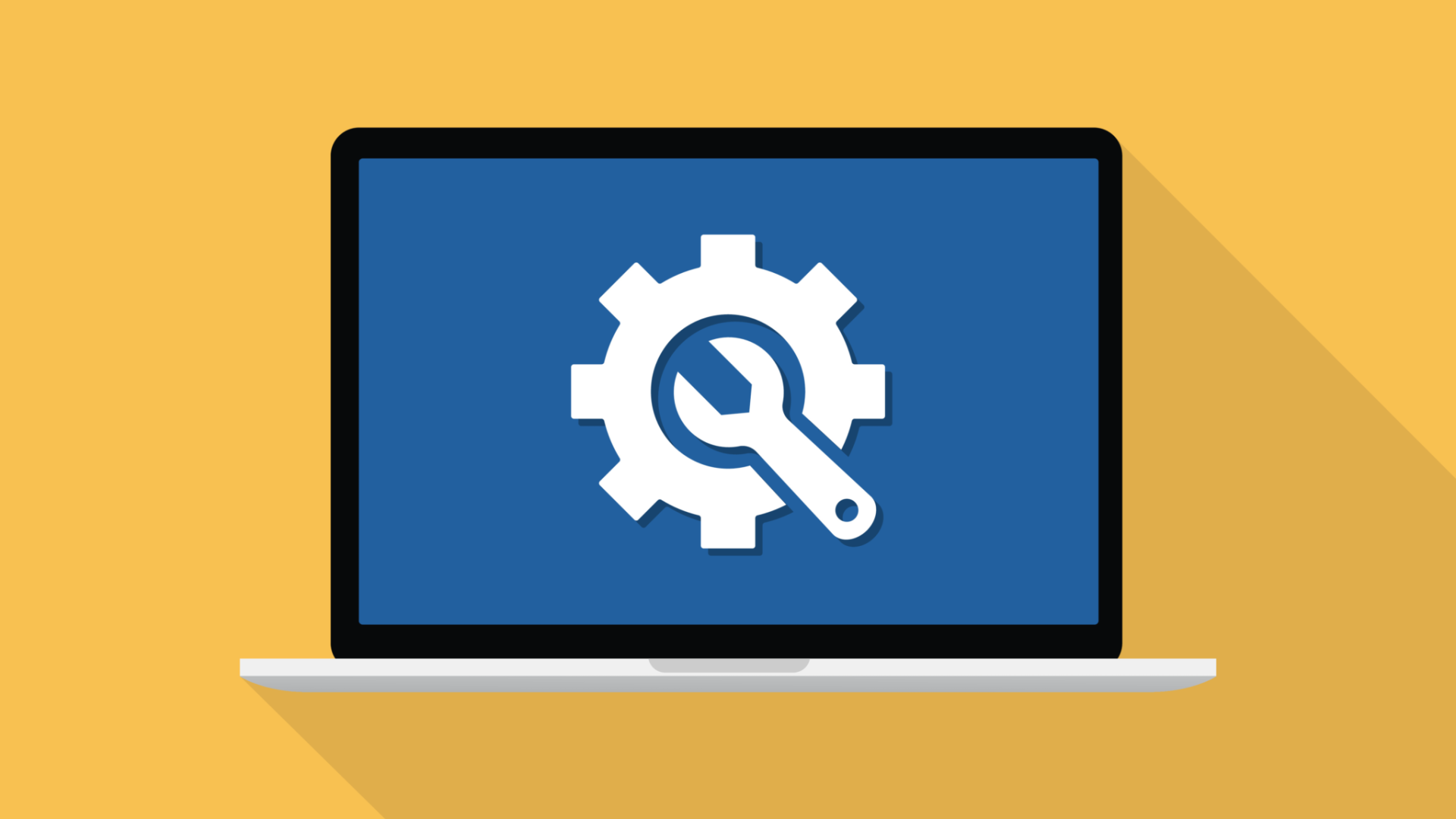Maintenance troubleshooting is the backbone of a successful property maintenance process. By addressing issues early, you save time, reduce costs, and ensure the safety and satisfaction of your residents. Troubleshooting not only prevents unnecessary downtime but also avoids costly trips by maintenance technicians or third party vendors.
Maintenance troubleshooting typically involves:
• Diagnosing the cause of an issue.
• Performing the repair or part replacement.
• Testing the system to make sure the issue is resolved.
Troubleshooting ensures the safety of personnel and the environment and maintains the lifecycle of the equipment being serviced.
Troubleshooting can also be a beneficial way to avoid maintenance technicians or third-party vendors from making unnecessary trips to diagnose an issue. Sometimes a problem may be simple enough that a maintenance technician isn’t even needed. By troubleshooting beforehand, your team will clearly understand what needs fixing before entering the unit and time can be spent on bigger issues. Below we have outlined 3 helpful troubleshooting tips to help you reduce your maintenance costs.
What Is Maintenance Troubleshooting?
Troubleshooting typically involves three steps:
- Diagnosing the cause of an issue.
- Performing the repair or part replacement.
- Testing the system to ensure the issue is resolved.
This process extends equipment lifecycles, protects your team and environment, and helps avoid unnecessary maintenance trips. Even better, it saves time by enabling your team to focus on complex issues instead of minor fixes.
By leveraging the right strategies, you can reduce trip charges, speed up repairs, and improve resident satisfaction.
3 Troubleshooting Tips to Reduce Maintenance Costs
Offer Solutions for Simple Fixes
Did you know many maintenance requests are repetitive and simple to fix? Instead of dispatching a technician for every work order, empower residents to troubleshoot minor issues themselves.
For example, if a resident reports a broken garbage disposal, you could:
- Call a plumber for a costly and unnecessary visit.
- OR send a quick instructional video with easytofollow steps.
By automating solutions for common problems, like garbage disposals or lightbulb replacements, your team saves time and resources while residents enjoy faster resolutions. If the issue persists, dispatch a technician promptly to avoid delays.
Ask Residents to Submit Photos
Photos can be a gamechanger in diagnosing maintenance issues. Requesting residents to attach images with their work orders allows your team to:
- Identify the problem quickly.
- Determine the tools and parts needed before arriving.
- Avoid unnecessary trips for minor issues.
This proactive approach not only reduces costs but also ensures technicians or vendors are fully prepared, minimizing disruptions for residents.
Use Dedicated Maintenance Software Like Property Meld
Manually managing troubleshooting instructions and photo requests can overwhelm property managers. That’s where Property Meld’s maintenance software steps in.
With Property Meld, you can:
- Automate Troubleshooting: Set up triage instructions triggered by keywords like “garbage disposal” or “lightbulb” to send clear, actionable guidance to residents.
- Streamline Photo Submissions: Automatically request residents to attach images with work orders.
- Enhance Communication: Facilitate seamless communication between residents, technicians, and vendors to resolve issues faster.
By automating time-consuming tasks, you save time, cut costs, and improve the maintenance experience for everyone involved.
Why Is Maintenance Troubleshooting So Important?
Without troubleshooting, you risk:
- Wasting Money: Multiple trips to diagnose or repair the same issue add up quickly.
- Resident Frustration: Delays in resolving issues can lead to dissatisfaction, negative reviews, or even lease terminations.
- Operational Bottlenecks: Inefficient processes prevent your team from focusing on larger, more pressing issues.
Take the First Step Toward Maintenance Excellence
Streamlining maintenance troubleshooting doesn’t have to be complicated. Property Meld’s automated software makes it easy to:
- Reduce unnecessary trip charges.
- Improve technician efficiency.
- Deliver faster, hasslefree resolutions for residents.
Schedule a demo today to see how Property Meld can revolutionize your maintenance operations and save you money. Don’t let inefficiencies hold you back—take control of your maintenance process now.





